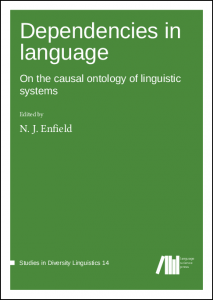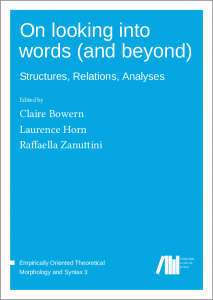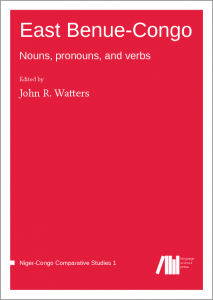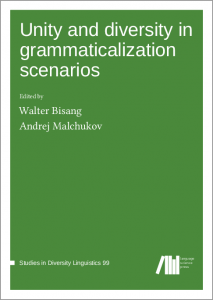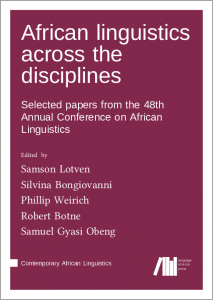Larry, you have authored altogether 7 chapters in 5 LangSci books in 4 different series (see list below). That sounds very versatile! Can you give us some background on those chapters and what ties them together?
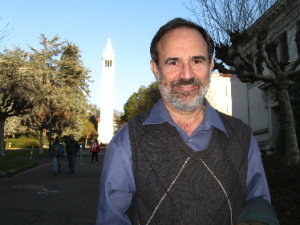 Yes, I guess you could say that my interests are wide-ranging, which I enumerate on the Berkeley Linguistics website as phonological theory, language typology, and African languages, especially Bantu and Niger-Congo. I think what ties them together is that I am always thinking about typology, about how languages are the same vs. different. I’m fascinated with the variation among related languages which respond differently to the same conflicting concerns, often involving interfaces between phonology and grammar. This is the case in my article in the Enfield collection, where I contrasted intra-phonological dependencies with the possibility that there could be non-accidental dependences between phonology, morphology, and syntax. The other six chapters derive from my deep involvement with individual and comparative African linguistics, where I go after whatever strikes me as interesting and important.
Yes, I guess you could say that my interests are wide-ranging, which I enumerate on the Berkeley Linguistics website as phonological theory, language typology, and African languages, especially Bantu and Niger-Congo. I think what ties them together is that I am always thinking about typology, about how languages are the same vs. different. I’m fascinated with the variation among related languages which respond differently to the same conflicting concerns, often involving interfaces between phonology and grammar. This is the case in my article in the Enfield collection, where I contrasted intra-phonological dependencies with the possibility that there could be non-accidental dependences between phonology, morphology, and syntax. The other six chapters derive from my deep involvement with individual and comparative African linguistics, where I go after whatever strikes me as interesting and important.
Given my extensive work on tone systems, it is perhaps surprising that none of the LangSci publications have to do with tone. In more than one occasion I have set out to work on a new tone system (there’s nothing more exciting than studying a language from scratch!), but I quickly am distracted by something unusual and hence intriguing in the grammar. This is the case, for example, in the joint article on Lusoga multiple exponence. The three comparative chapters in the Watters volume as well as the multiple argument chapter in Bisang & Malchukov synthesize my personal field work on several dozen Bantoid, especially Grassfields Bantu languages, in Cameroon, where I could not help becoming involved in reconstructing proto systems as well as the historical developments our Grassfields Bantu Working Group documented language to language, dialect to dialect.

